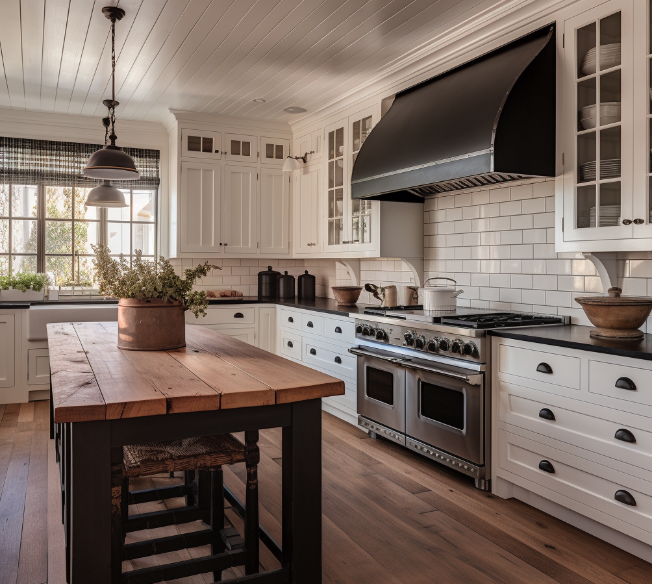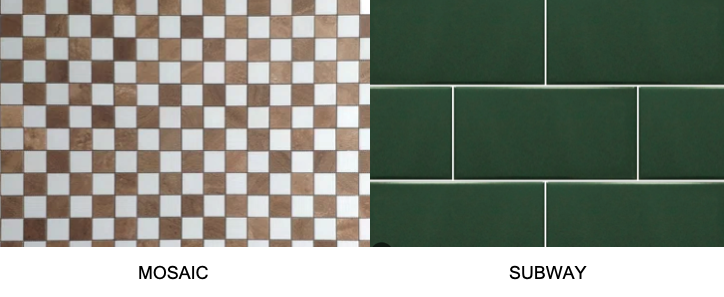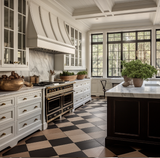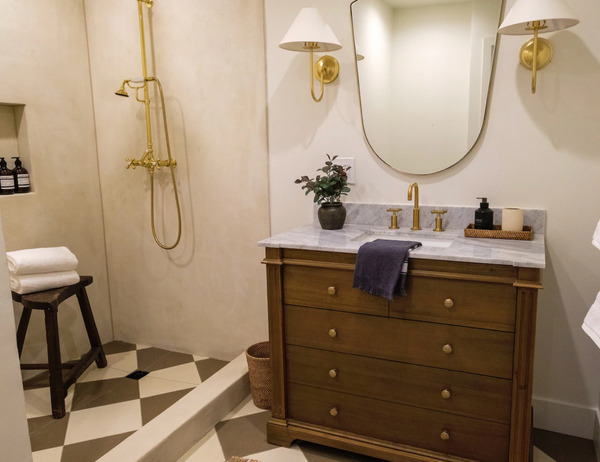Kitchen Backsplash Tile Selection Guide: Tips, Types, and Installation Insights

Your kitchen backsplash is not only a functional element but also a design focal point that can elevate the entire look of your kitchen. When it comes to selecting the right tile for your kitchen backsplash, there are several essential elements to consider. In this blog post, we'll explore what factors to keep in mind and provide insights into tile types that may require custom installation, as well as how different patterns can impact installation costs.
1. Material Matters
The choice of tile material is crucial for both aesthetics and functionality. Some popular kitchen backsplash tile materials include ceramic, porcelain, glass, marble, and natural stone. Each material has its unique look, durability, and maintenance requirements.
- Ceramic and Porcelain: These are versatile, budget-friendly options available in various colors and patterns. They are easy to clean and maintain, making them suitable for busy kitchens.
- Glass: Glass tiles add a contemporary and reflective touch to your backsplash. They are non-porous and resistant to stains, making them a practical choice.
- Marble and Natural Stone: These tiles offer a luxurious and timeless appeal but may require more maintenance. Sealing is often necessary to prevent staining.

2. Custom Installation for Complex Tiles
Certain tile types may require custom installation due to their complexity or size. For instance:
- Mosaics: Small mosaic tiles, especially intricate patterns, may need meticulous installation to ensure a seamless and polished look. Hiring an experienced installer is advisable for such tiles.
- Subway Tiles: While subway tiles are relatively straightforward to install, creating herringbone or chevron patterns can be intricate and may require custom work.
3. Consider Tile Size and Layout
The size of your chosen tile can impact both the look and cost of installation. Larger tiles generally cover more space quickly, reducing labor costs. However, intricate layouts or patterns, like herringbone or basketweave, can increase labor expenses.
- Standard Layout: A straightforward, grid-like layout is the most cost-effective option.
- Diagonal or Herringbone: Installing tiles diagonally or in a herringbone pattern requires more labor and may increase installation costs.
4. Grout Choice and Color
Grout plays a significant role in the final appearance of your backsplash. Light-colored grout can create a seamless look, while dark grout can add contrast and highlight the tile pattern. Keep in mind that grout lines also impact maintenance, as lighter grout may require more cleaning.
5. Budget and Longevity
Consider your budget and the long-term durability of the chosen tile. While some materials may have a higher upfront cost, they could last longer and require less maintenance, making them cost-effective over time.
6. Maintenance Requirements
Different tile materials have varying maintenance needs. Some may require sealing, regular cleaning, or specific care instructions. Factor in the time and effort you're willing to invest in maintenance when choosing your tile.
Conclusion: Designing Your Dream Backsplash
Choosing the perfect kitchen backsplash tile involves a thoughtful consideration of material, size, layout, and budget. Keep in mind that complex patterns or unique materials may require custom installation, which can impact the overall cost. Ultimately, your choice should reflect your personal style and practical needs while enhancing the beauty and functionality of your kitchen. With these elements in mind, you'll be well on your way to designing a stunning and functional kitchen backsplash.





